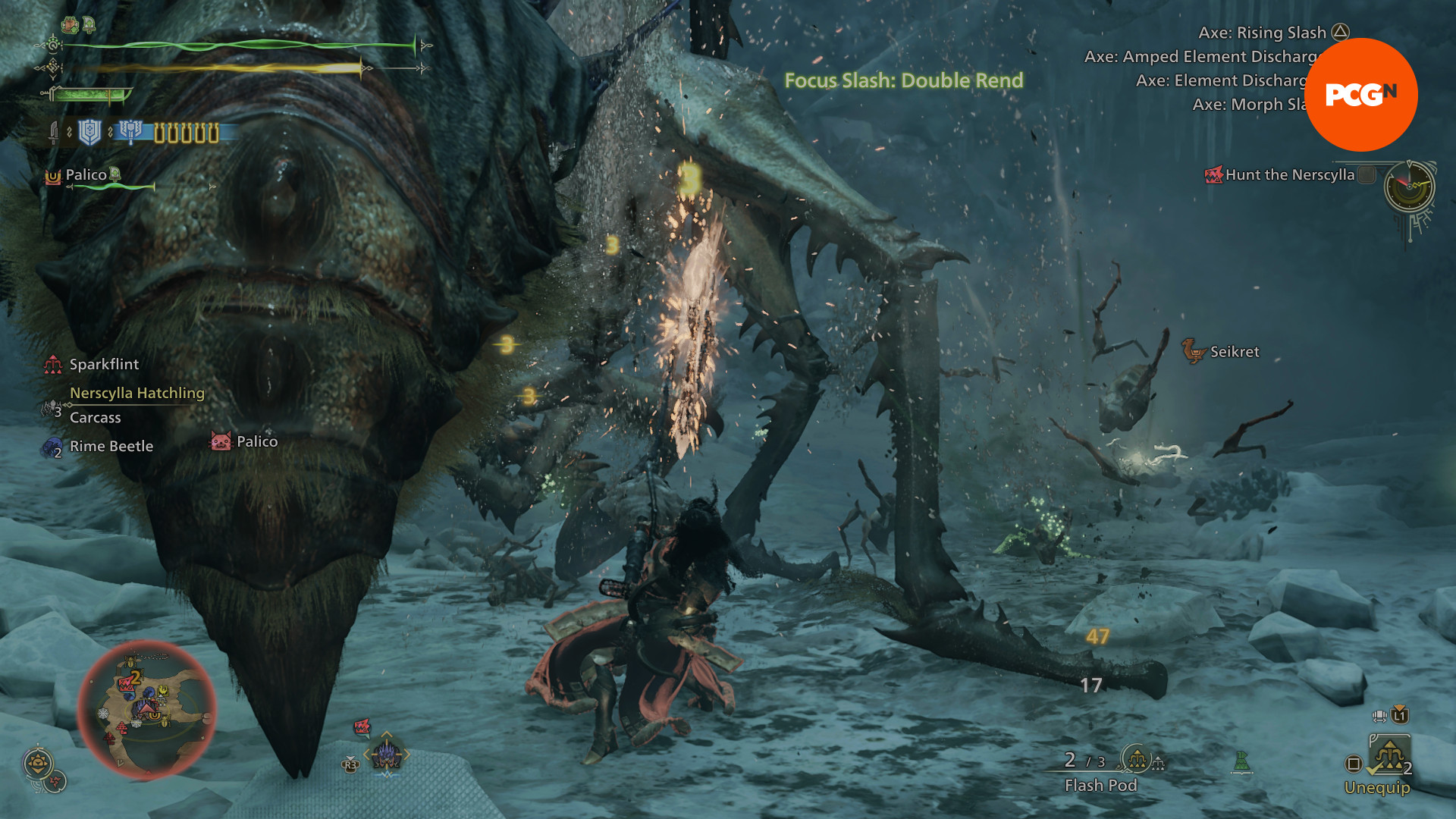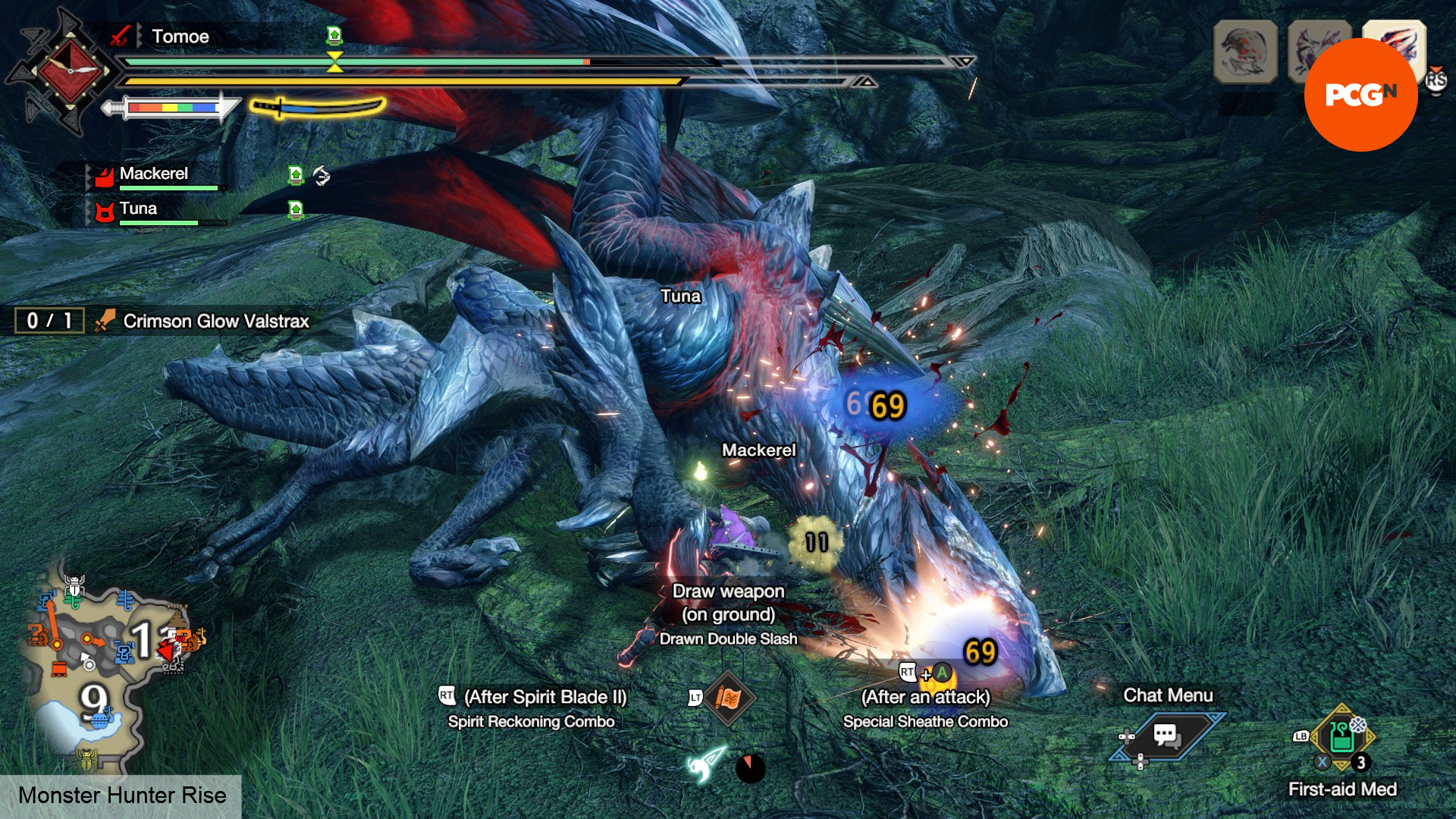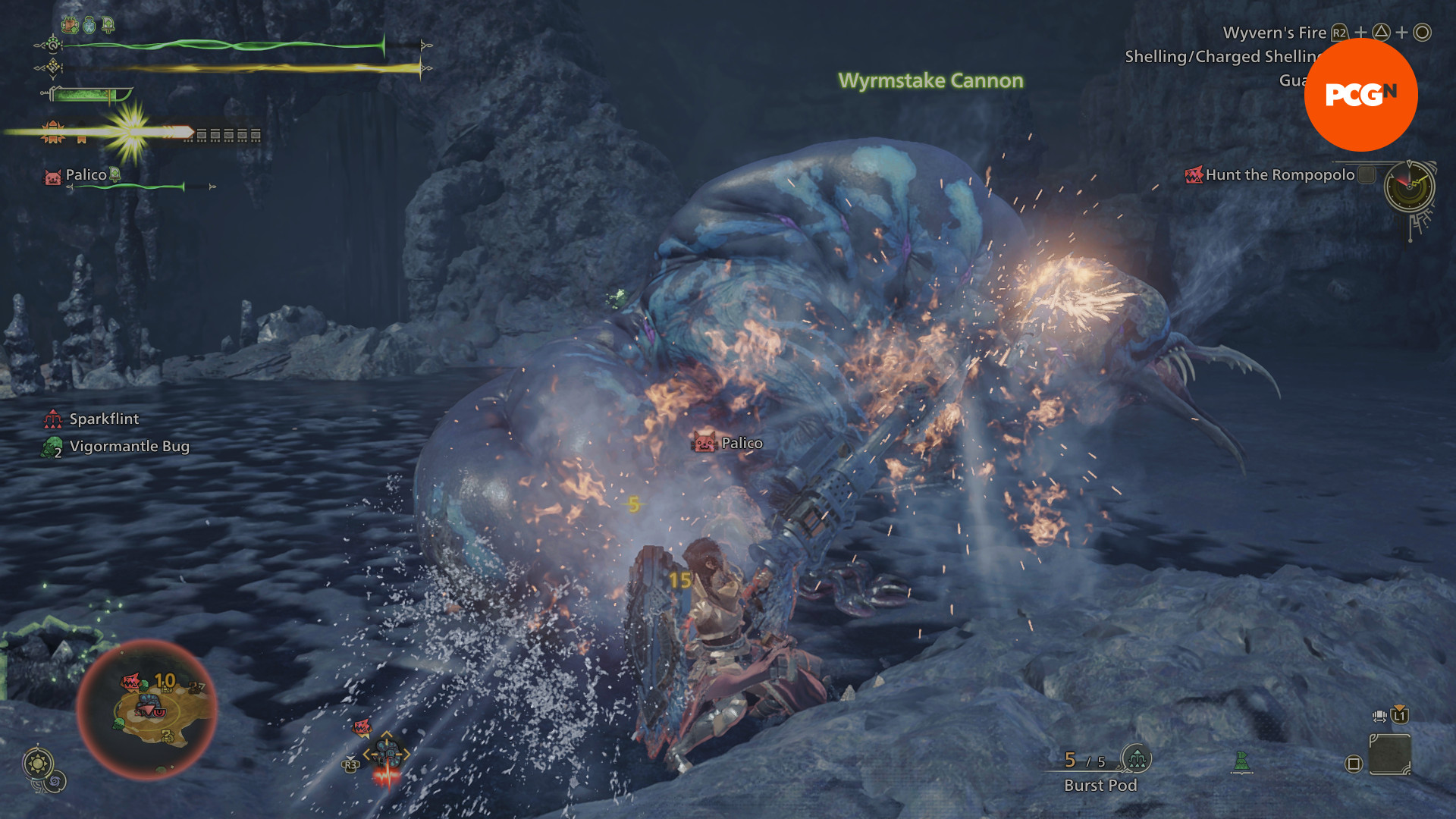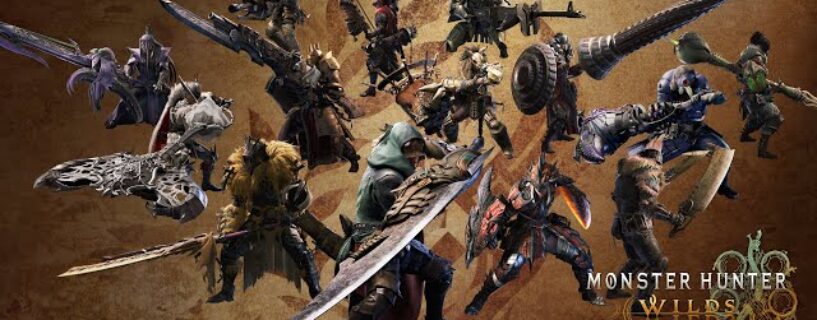Monster Hunter Wilds gives you a choice between fourteen different weapon types, and making that decision remains one of the series’ greatest strengths. The options all feel unique, each filling a specific niche, and learning just one is as intricate as mastering a fighting game character. But that list hasn’t changed since Monster Hunter 4 over a decade ago. Monster Hunter Wilds boasts the same lineup, one we’ve seen in both World and Rise. Ahead of its launch, I sat down with Wilds director Yuya Tokuda and producer Ryozo Tsujimoto and asked whether we might see the fabled fifteenth weapon one day.
Which of the Monster Hunter Wilds weapons will you choose at launch? From the brutal simplicity of the Hammer to the intricate combos and mechanics of the Charge Blade, every one could be an entire game by itself. It was the Long Sword that kickstarted my love with the series, so it will always be special to me – but across the many hours with the RPGs I’ve come to appreciate them all. Experimenting with a weapon until that beautiful moment when it finally ‘clicks’ is truly special, and it makes me slightly sad that there are no more left for me to replicate that experience with in Monster Hunter Wilds.
It’s worth noting that we have seen some experiments. Monster Hunter 3 tried out a Medium Bowgun, while Generations includes the pleasing ‘Prowler’ option that lets you play as one of your Palico companions. Asia-only MMORPG Monster Hunter Frontier introduced both the dual-wielded Tonfa and the Magnet Spike, the latter perhaps the weirdest weapon the series has seen (it looks a bit like hitting the monster with a giant bow that you’re holding by the string). Yet Wilds remains steadfast in its roster. Is this because Capcom is satisfied with the lineup, I ask, or because other areas of development took priority?
“When we start development of games such as World and, recently, Wilds, we always consider whether or not this is the time to add another weapon type,” Tokuda responds [via translator]. “It’s not off the table for any particular reason, it’s just that we never really decided that we wanted to for the recent titles.” With the current armory selection all at least ten years old, and some weapons stretching back more than 20 years to the first game, he says it’s tough to find “a 15th weapon that would actually have a place in that lineup and feel equally as valid as the other weapon types while also not overlapping with them too much.
“It’s a very difficult thing,” Tokuda continues. “With each title we always adjust all the weapon types and maybe bring new concepts to them and their relationships with each other to make them feel fresh. We also bring new depth with new combos and moves. The resources and time that it takes to do that is something that, in every case since the last weapon was added, we’ve always decided were better spent bringing the whole lineup to a better place than to simply start adding another new one in.”

Capcom certainly hasn’t been afraid to tweak weapons between games, and Wilds is no different – but it has reimplemented some previously stripped-out features after community feedback, such as the Insect Glaive’s ability to vault repeatedly off the monster with aerial attacks. “We don’t want to change anything so drastically that it doesn’t feel like that weapon any more,” Tokuda tells me.
“We have a concept in mind for each title where we think, ‘This is how the Insect Glaive will feel, this is how the Great Sword will feel,’” he continues. “That’s just a concept, though – you can design it and test it, but it’s really only when the players get it in their hands that you can see if the concept is matching the reality and they’re having the experience you thought they would have.”
Earlier, I compared Monster Hunter’s weapons to fighting game characters, and they’re similarly defined as much by their weaknesses as by their strengths. That almost necessitates some pruning back of features between games, especially when you take into account additions made in the expansions, or the additional tools and attacks created by game-specific mechanics such as Iceborne’s clutch claw or Rise and Sunbreak’s wirebugs.

“With the weapons in Wilds, one particularly difficult balancing decision was with the predecessor title being Iceborne, a lot of things were added to each weapon’s upper echelons of moves and abilities, because it was an expansion and was adding in the master rank difficulty level,” Tokuda explains. “People who were playing a given weapon in Iceborne were assumed to have mastered the basics and it was going beyond that with adding new combos and moves and abilities.”
To avoid that overcomplication, Wilds is a fresh start. You’ll find some Iceborne tricks, such as the Long Sword’s Special Sheathe, and some in an adapted form such as the Charge Blade’s Savage Axe, but others are gone altogether. Tokuda says the team spent time “deciding, even if some moves or abilities were really popular, whether it made sense to have them right from the start of this game, or if it’s something we want to pare back, take it back to basics, and build it up in a different conceptual direction.
“That was something that I took a lot of care to decide – not just to keep things because players liked it in the last game, but [ask if] it actually fits in with my concept for the play feel of this game.” No matter whether you’re a Lance diehard or a Hunting Horn main, then, it seems there’ll be plenty of reasons to go back to the training room when Wilds arrives.

Monster Hunter Wilds launches Friday February 28. Check out my preview to see why the first few hours have me excited for more, and keep your eyes on PCGamesN for all you need to know to master every single weapon and trick in the hunter’s notebook.
If playing the Monster Hunter Wilds beta has sparked your curiosity, take a look through all the Monster Hunter Wilds monsters to see what we’ll be going up against in the full game.
What’s your dream Monster Hunter weapon? Tell us on Discord. You can also follow us on Google News for daily PC games news, reviews, and guides.

